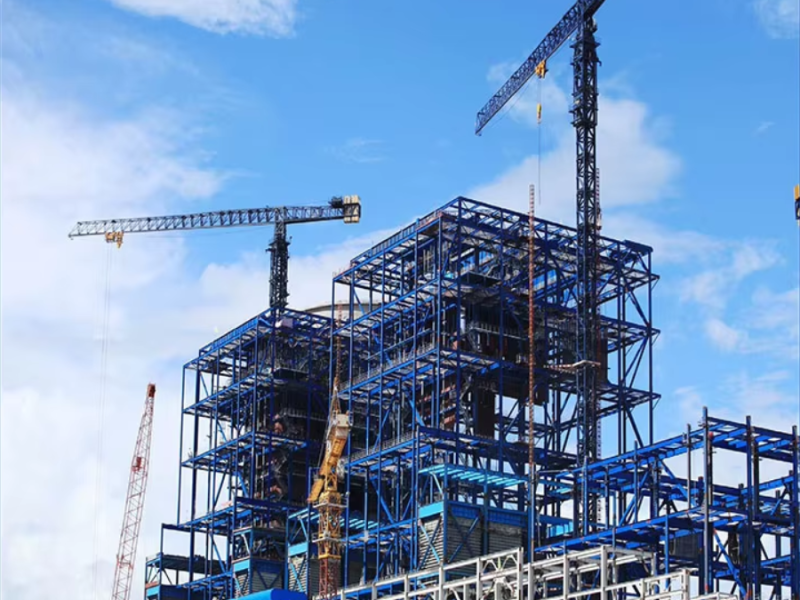
Modular Cow Shelters: Efficient, Hygienic, and Scalable Housing for Dairy Farms
Modern dairy farming requires housing solutions that ensure cow welfare, productivity, and operational efficiency. Traditional barns can be costly, difficult to expand, and often lack proper ventilation or hygiene management.
Modular cow shelters provide a modern, flexible alternative. Built with prefabricated steel frames and insulated panels, these shelters can be quickly installed, scaled, and customized to meet herd size and farm requirements.
This article explores the advantages, applications, and design considerations of modular cow shelters for B2B clients.
Why Modular Cow Shelters Are Ideal
- Rapid Deployment: Prefabricated modules reduce construction time.
- Durable Materials: Steel frames resist corrosion, pests, and harsh weather.
- Customizable Layouts: Shelters can be adapted for feeding, milking, and resting zones.
- Scalable Solutions: Easily expand to accommodate herd growth.
These shelters support improved cow comfort, milk production, and farm operational efficiency.
Key Advantages of Modular Cow Shelters
- Fast Construction
Prefabricated modules allow shelters to be ready in weeks rather than months. - Durable and Safe
Strong steel frames withstand environmental stress, ensuring long-term reliability. - Hygienic and Easy to Clean
Smooth panels and drainage systems reduce disease risks and maintain hygiene. - Flexible Design
Layouts can include feeding alleys, milking zones, and resting areas. - Energy Efficiency
Insulated roofs and walls reduce heating or cooling requirements. - Scalability
Modular design allows farms to expand shelters without major reconstruction.
Applications Across Dairy Farms
- Dairy Cow Barns: Comfortable, ventilated spaces for milk-producing cows.
- Heifer Shelters: Safe housing for young cattle.
- Mixed Use Farms: Integration with feeding and milking systems.
- Remote Farms: Rapid deployment in areas with limited infrastructure.
- Emergency Shelter Expansion: Temporary or permanent modular additions.
Design Considerations for B2B Clients
- Ventilation Systems: Ensure optimal airflow to maintain cow health.
- Flooring and Bedding: Non-slip, hygienic surfaces for comfort and safety.
- Climate Control: Maintain consistent temperatures for productivity.
- Automation Integration: Space for feeding and milking equipment.
- Future Expansion: Modular sections for additional cows or new production areas.
Case Studies
- European Dairy Expansion:
Modular shelters allowed rapid increase in herd capacity with improved milk yield. - Asian Farm Upgrade:
Prefabricated cow shelters improved hygiene and reduced veterinary costs. - Remote Cooperative Farm (Africa):
Modular shelters enabled scalable and efficient livestock housing.
Why B2B Clients Prefer Modular Cow Shelters
- Faster construction and ROI
- Durable and low-maintenance infrastructure
- Hygienic design supporting animal welfare
- Flexible layouts adaptable to farm needs
- Scalable for herd growth
- Compliance with international livestock standards
Conclusion
Modular cow shelters provide efficient, hygienic, and scalable housing solutions that enhance cow welfare and farm productivity.
For B2B clients and dairy farm operators, modular cow shelters are a reliable, cost-effective, and future-ready investment in modern livestock infrastructure.
